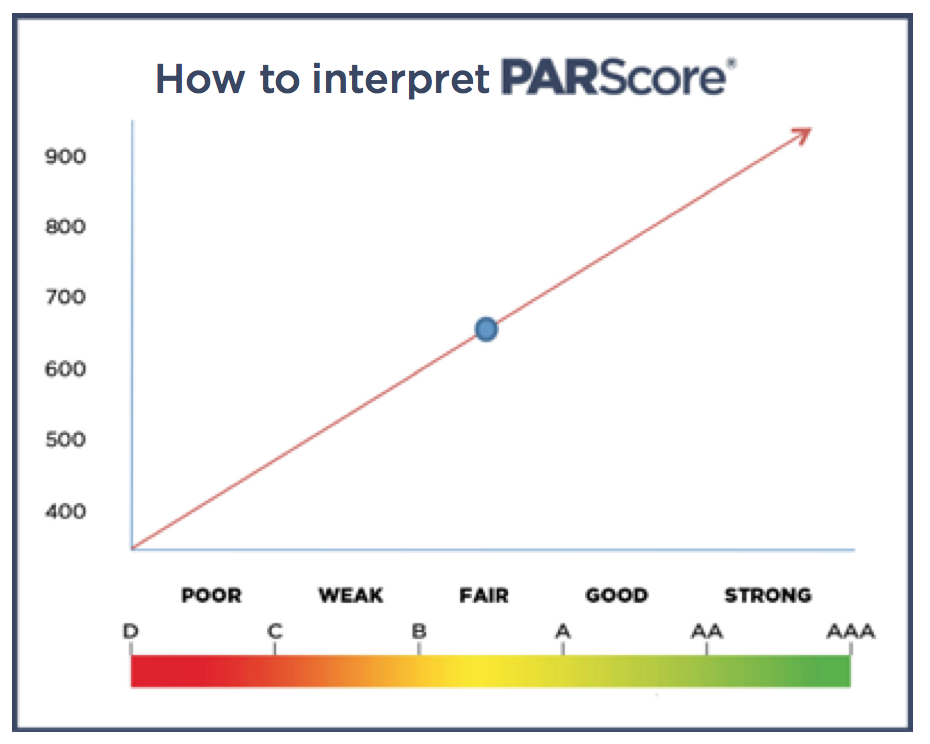1. Why is the health of my association important?
The condition of your condo or homeowner association is equally as important as the condition of your individual unit. When you buy a property located in a condominium or homeowner association, membership in that association is mandatory and all members inherit the association’s physical and financial health. As an owner, you are responsible for regular monthly assessments—plus any and all additional “special assessments.”
2. What is the danger of a Special Assessment?
70% of associations in the country are underfunded, leading to special assessments, deferred maintenance, lower property values, and frustrated unhappy owners.
A “special assessment” refers to fees that condominium and homeowner associations charge to individual owners to cover the costs of repairs and maintenance that exceed the amount in the current budget. These fees can range from a few hundred dollars to $100,000, or more.
Some owners experience special assessments several times a year because of their association’s inadequate financial planning and insufficient reserves. In older buildings, it is not uncommon for the assessments to range from $10,000 to $50,000.
A January 8, 2014, Chicago Tribune article describes the seriousness of underfunded associations.
3. What is PARScoreTM?
PARScoreTM serves as a complete evaluation rating for the health, safety, security, and creditworthiness of condominium or homeowner association.
4. How is PARScoreTM determined?
PARScoreTM is derived from more than 140 data sets plus a field verification with dozens of checkpoints that are then combined and weighted in our proprietary algorithm to produce an overall rating.
5. What kinds of criteria is the PARScoreTM actually rating?
The PARScoreTM encompasses things such as association documents and financials, geographic location to known health hazards, distance to the nearest hospital, even cleanliness of common areas to promote the value of transparent, well-run associations.
6. Why should I use PARScoreTM?
PARScoreTM turns guesswork into fact-based decisions. Comprehensive data is assessed both analytically and physically by our experts in a process that serves as an effective standardized measurement system nationwide. PARScoreTM reduces liability for all parties involved in a condominium or homeowner association transaction.
7. How is this different from an appraisal and inspection?
The PARScoreTM evaluates key information that other sources often ignore. The common elements of an association are never a required in a home inspection and are not included in an appraisal. Both home inspections and real estate appraisals can be too focused on an individual unit. With our process, all of the information needed to make well-informed lending and buying decisions is documented both at a glance and in detail in Association Evaluation’s exclusive PAR Registry and PARReport.
8. What are the lowest and highest possible scores?
The lowest score available is 400 and the highest possible score is 900.

9. How should I interpret the PARScoreTM numbers?
The PARScoreTM is categorized by rating of AAA, AA, A, B, C, or D.
AAA is the highest rating, representing an excellent condominium or homeowner association with transparent governance, superior external influences, and exceptional internal influences.
D is the lowest rating, representing a substandard condominium association with very little transparency and blighting external and internal influences.
What financial factors are considered in the PARScoreTM?
- Annual association income;
- Amount in reserves;
- Percentage of income allocated to reserves;
- Minutes for upcoming special assessments not yet levied;
- Certificate of good standing with Secretary of State’s office,
- And more.
10. What common element factors are considered in the PARScoreTM?
- Facades and roofs;
- Windows;
- Entryways and lobbies;
- Life safety;
- Recreational facilities,
- And more.
11. What conditions are considered in the PARScoreTM?
- Litigation and lawsuits;
- Owner occupancy ratios;
- Rental restrictions;
- Right of first refusal;
- Voting procedures,
- And more.
12. What external influences are considered in the PARScoreTM?
- Landfills;
- High-power tension lines;
- Superfund sites;
- Incompatible land use;
- External obsolescence,
- And more.
13. Which documents should I request?
You are legally entitled to the association’s documents before you commit to purchasing. Upon request, your real estate broker or the seller of the property must provide you with the following documents (if it exists):
- Declaration or CC&R;
- Bylaws;
- House rules and regulations;
- Current budget;
- Previous year’s budget;
- Income and expense statement;
- Balance statement;
- Board minutes (for the most recent 12 months);
- Reserve study and/or reserve review analysis;
- Financial audit and/or review;
- Insurance certificate;
- Bank balances from both the operating and reserve accounts.
14. Who can Association Evaluation contact?
In order to process your order and gather crucial information about the association’s financial health and governance, we will need to contact someone about the condominium or homeowner association in which you are planning to purchase.
Simply provide the name, email and telephone number for your real estate agent, the seller of the property, or an association board member. It’s that easy!
15. How long does it take to obtain the PARScoreTM?
Typically, it takes five business days from the date Association Evaluation receives the documents (for the association that is being evaluated) to obtain PARScoreTM. There is both a physical evaluation and an analytical evaluation to verify all data.
16. How long is a PARScoreTM valid?
After 60 days, the PARScore for the registered association expires.
17. Why should I trust the PARScoreTM?
The PARScoreTM, as well as its proprietary processes and algorithms, was created by Association Evaluation, LLC. The company was founded by industry-leading real estate experts with decades of experience who recognized the need for standardized measurement and evaluation to aid buyers and lenders.
18. What is SCHAEP?
SCHAEP is the Society of Condominium and Homeowner Association Evaluation Professionals. The society is a non-profit organization that trains and certifies association evaluators to obtain the Certified Association Evaluation Professional (CAEP) designation. (www.schaep.org)
